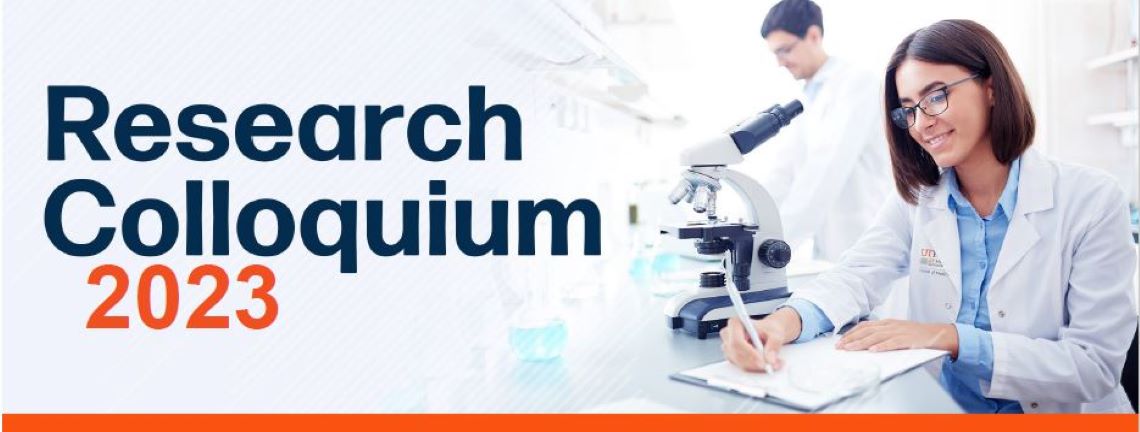
Posters
Experiential learning lab activity on muscle physiology in Undergraduate MD pre-clerkship Curriculum
Academic Level (Author 1)
Staff
Academic Level (Author 2)
Staff
Academic Level (Author 3)
Faculty
Academic Level (Author 4)
Faculty
Discipline Track
Clinical Science
Abstract
Background: Experiential learning is an important part of the medical education curriculum as it enhances knowledge gain and retention that can have long-term effects in improving provider skills and patient outcomes. Our goal was to establish an experiential learning muscle physiology lab activity that would improve undergraduate MD pre-clerkship students’ skill to collect muscle force measurements using a hand-held dynamometer (HHD), a popular tool for rehabilitative practice and understanding of the length-tension relationship of muscle.
Methods: The experiential learning muscle physiology lab activity was developed and incorporated in the Musculoskeletal and Dermatology (MSKD) Module in the undergraduate MD pre-clerkship year 2 curriculum. Before lab sessions, students reviewed the HHD guide, watched videos on how to use HHD to measure the force produced in the hand and proximal upper limb, and reviewed the Arm Angle strength data sheet. Students performed two experiments using an HHD: (1) The Muscle Length Tension Experiment was used to obtain measurements of force produced by the bicep muscles at 6 different angles, and (2) the Pinch-Strength Experiment was used to determine the effect of fatigue on hand muscle strength.
Results: The effectiveness of the experiential learning lab activity was evaluated through the student's completion of assignments using collected force measurement data and the dissemination of a post-lab survey with a Likert Scale ranging from Strongly Disagree to Strongly Agree to assess the students’ learning. The survey data demonstrated that students had the ability to utilize HHD dynamometer to collect muscle force measurements and understood the muscle-length tension relationship of muscle using the collected data (Strongly Agree ~ 70%). A within-subjects MANOVA showed a significant decrease in overall pinch strength from pre-exercise to post-exercise, (p < 0.01). Furthermore, a within-subjects MANOVA showed significant changes in overall strength following a quadratic curve with arm angle degrees, (p < .05).
Conclusions: The development of this experiential learning lab activity provided an approach to active learning of physiological concepts. The experiential learning demonstrated medical students’ understanding of length-tension relationships as evident by students’ favorable survey data to the experiential learning incorporated into the curriculum.
Presentation Type
Poster
Recommended Citation
Martinez, Angela; Salinas, Daniel; Shah, Amin; and Baker, Kelsey, "Experiential learning lab activity on muscle physiology in Undergraduate MD pre-clerkship Curriculum" (2024). Research Colloquium. 9.
https://scholarworks.utrgv.edu/colloquium/2023/posters/9
Included in
Experiential learning lab activity on muscle physiology in Undergraduate MD pre-clerkship Curriculum
Background: Experiential learning is an important part of the medical education curriculum as it enhances knowledge gain and retention that can have long-term effects in improving provider skills and patient outcomes. Our goal was to establish an experiential learning muscle physiology lab activity that would improve undergraduate MD pre-clerkship students’ skill to collect muscle force measurements using a hand-held dynamometer (HHD), a popular tool for rehabilitative practice and understanding of the length-tension relationship of muscle.
Methods: The experiential learning muscle physiology lab activity was developed and incorporated in the Musculoskeletal and Dermatology (MSKD) Module in the undergraduate MD pre-clerkship year 2 curriculum. Before lab sessions, students reviewed the HHD guide, watched videos on how to use HHD to measure the force produced in the hand and proximal upper limb, and reviewed the Arm Angle strength data sheet. Students performed two experiments using an HHD: (1) The Muscle Length Tension Experiment was used to obtain measurements of force produced by the bicep muscles at 6 different angles, and (2) the Pinch-Strength Experiment was used to determine the effect of fatigue on hand muscle strength.
Results: The effectiveness of the experiential learning lab activity was evaluated through the student's completion of assignments using collected force measurement data and the dissemination of a post-lab survey with a Likert Scale ranging from Strongly Disagree to Strongly Agree to assess the students’ learning. The survey data demonstrated that students had the ability to utilize HHD dynamometer to collect muscle force measurements and understood the muscle-length tension relationship of muscle using the collected data (Strongly Agree ~ 70%). A within-subjects MANOVA showed a significant decrease in overall pinch strength from pre-exercise to post-exercise, (p < 0.01). Furthermore, a within-subjects MANOVA showed significant changes in overall strength following a quadratic curve with arm angle degrees, (p < .05).
Conclusions: The development of this experiential learning lab activity provided an approach to active learning of physiological concepts. The experiential learning demonstrated medical students’ understanding of length-tension relationships as evident by students’ favorable survey data to the experiential learning incorporated into the curriculum.

